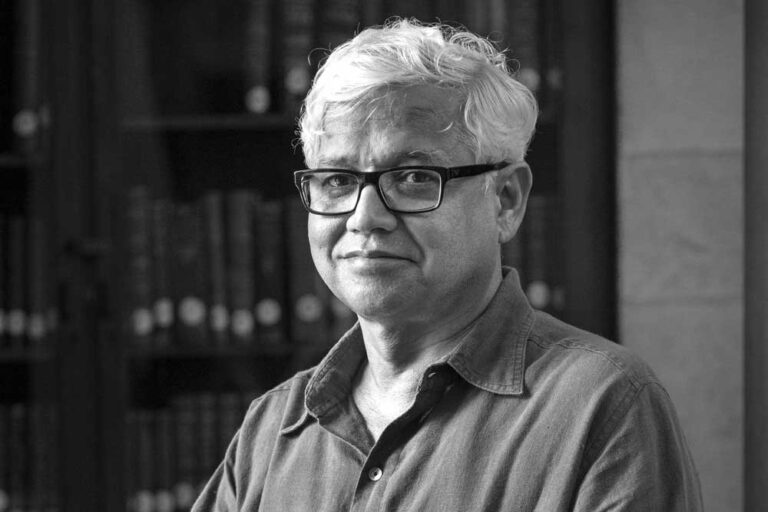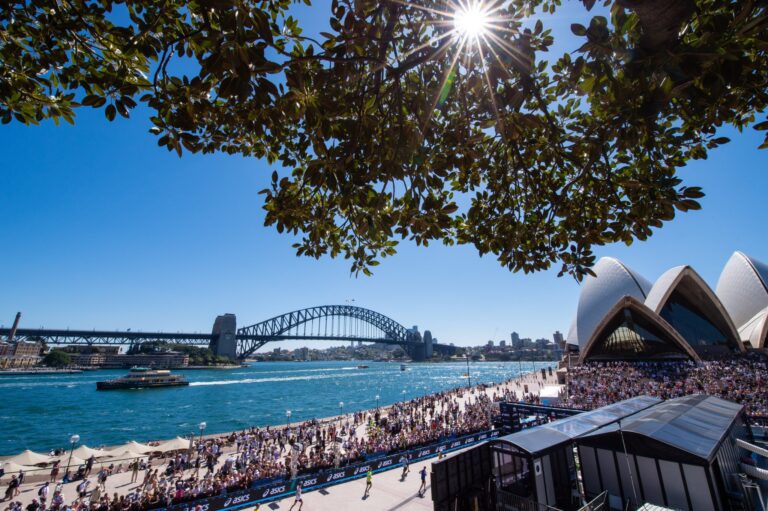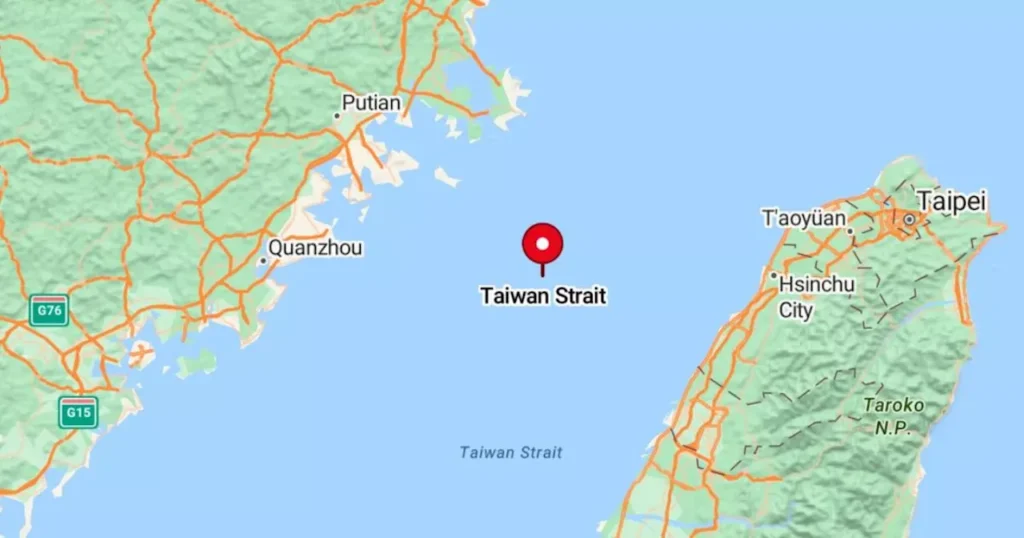
The Taiwan Strait, once seen as just a narrow body of water between China and Taiwan, is fast becoming a potential flashpoint for a global crisis. While world powers are focusing on climate, AI and trade, a silent but serious storm brews in East Asia. What happens in the Strait may not stay in the Strait. The Country is now a battlefield of power projection, tech dominance, and global alignment.
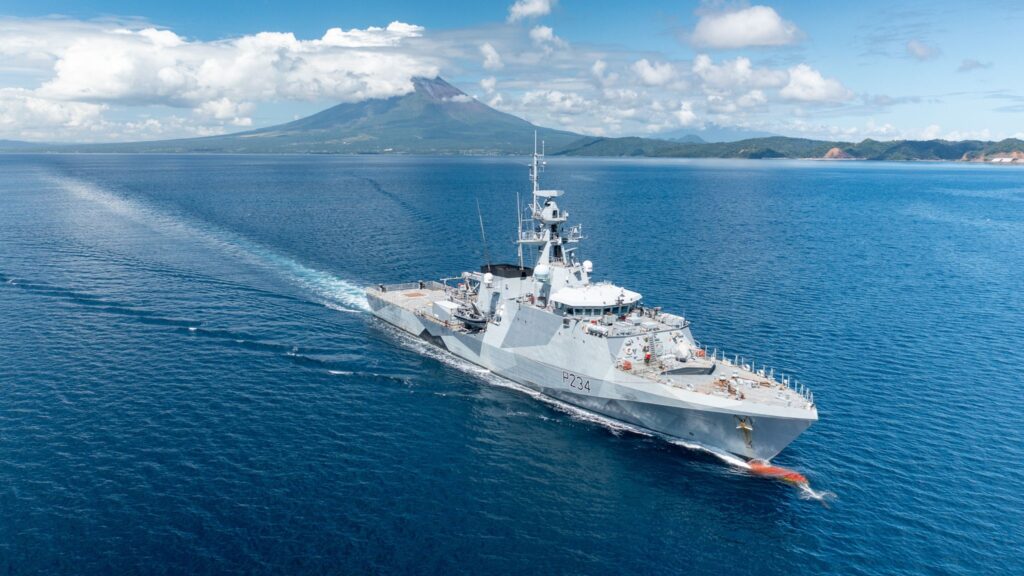
The Taiwan Strait: Geography Meets Geopolitics
A 180-km-wide body of water separating mainland China and the self-ruled island. It connects the East China Sea with the South China Sea, forming a vital artery of global commerce. Over one-fifth of global trade, including oil, electronics, and raw materials, passes through adjacent waters. It is a strategic chokepoint closely monitored by the United States, China, Japan, and Southeast Asian nations.
The island, though small in landmass, holds outsized significance due to its democratic governance, geographic location, and technological clout. Home to the world’s most advanced semiconductor fabrication plant, it has become a linchpin in global tech infrastructure. The Strait also acts as a buffer zone between China and the US-led alliances in the Indo-Pacific, making it one of the most sensitive geopolitical corridors in the 21st century.
The Country’s Identity Crisis: Nation or Province?
- Taiwan is a self-governing democracy of nearly 24 million people.
- It has its own constitution, elections, military, and foreign trade policies.
- But China views Taiwan as a breakaway province that must eventually be reunified, by force if necessary.
- Most countries, including India, follow the One China Policy, recognizing Beijing as the legitimate government of China, but they engage with Taiwan economically and culturally.
What is the Current Situation?
- After the country’s 2024 elections, China increased military drills, simulating blockades and invasions.
- US warships and Chinese vessels are frequently crossing paths.
- Cyber-attacks, air incursions, and disinformation campaigns are rising.
- The self-governing island feels the heat, while the world watches in suspense.
Why is China Doing This?
- Symbolically, it represents the last unresolved chapter of the Chinese Civil War.
- Strategically, China believes that control over Taiwan allows full access to the Pacific and weakens American presence.
- Politically, President Xi Jinping has made reunification part of his “China Dream” of national rejuvenation.
- Economically,the chip powerhouse boasts an unmatched semiconductor industry
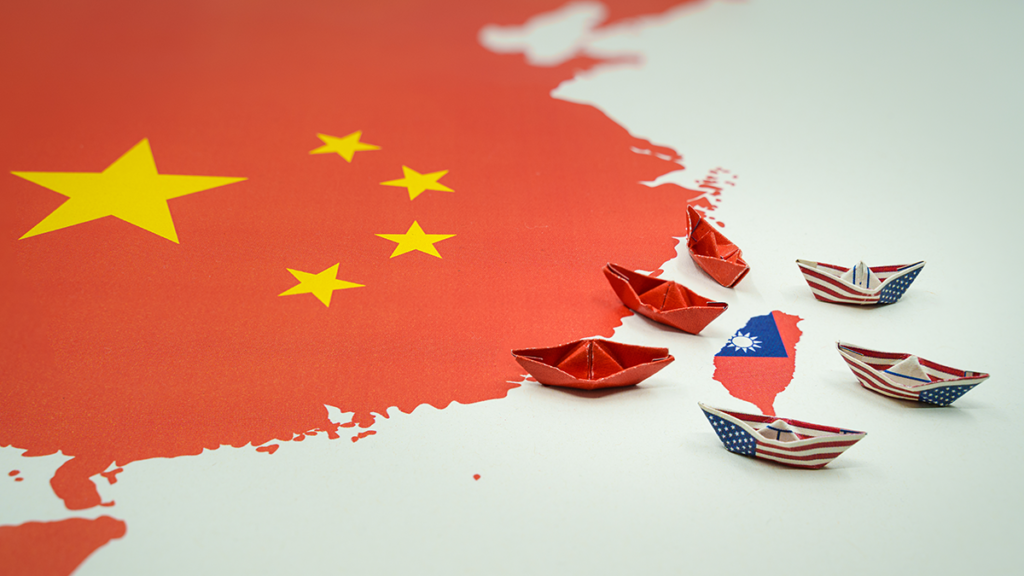
Where Does the US Stand?
- The US follows a policy of “Strategic Ambiguity”, meaning it may or may not defend Taiwan.
- But actions say otherwise. It sends weapons, conducts joint naval drills, and engages diplomatically.
- It has passed laws like the Taiwan Relations Act, giving moral and logistical support.
- For Washington, Taiwan is about containing China and protecting tech dominance.
India’s Position
- India recognizes the One China Policy, but has become more cautious and assertive lately.
- India opposes any unilateral military changes in the Indo-Pacific.
- Taiwan-India trade and technology ties are slowly increasing.
- A crisis in Taiwan could affect India’s sea trade, semiconductor access, and regional stability.
What Could Go Wrong?
A misfire or miscalculation between ships or aircraft. China might blockade Taiwan instead of full-scale invasion. If war breaks out, it could drag in the US, Japan, Australia and possibly others. Global tech supply chains, oil routes, and financial markets would collapse. The country controls over 90 percent of high-end chip production. A war would likely involve nuclear powers and cripple the global economy. It could set a precedent for other flashpoints like Ukraine, South China Sea, or even Kashmir. Diplomacy, deterrence and dialogue are the only sustainable solutions.
Just Thunder or Real Storm?
The Taiwan Strait is no longer a distant crisis. It is a real-time test of global diplomacy, balance of power, and tech-security overlap. While war may not break out tomorrow, the tensions are building like tectonic plates, slow but powerful. The world needs to prepare, not just militarily, but morally and diplomatically.
For more such informative articles stay tuned at The World Times

